The fantastic success of Chris Amon, Bruce McLaren, and Denny Hulme in 24 Hours Le Mans in 1966 – Ford vs Ferrari – what this means for racing today. Deemed as the most important race for Ford finishing 1st, 2nd, and 3rd against Italy’s giant Ferrari not only set precedent for Henry Ford’s cars winning the world’s iconic endurance race but also spearheaded 3 kiwi driver’s performance on the world stage.
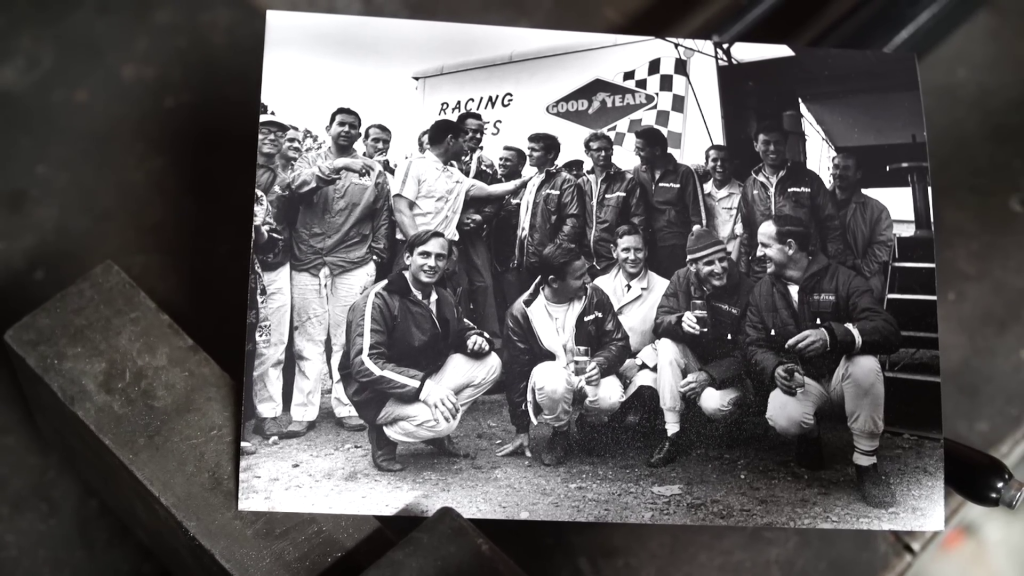
Racing for Shelby America, Bruce and co-driver Chris along with British born driver – Ken Miles and NZ’s Denny Hulme were under no illusions that winning was paramount. As Chris states in an interview in 2011 ”at the time it was certainly the biggest racing effort I had been apart of racing Ford’s GT40 Mk11 and I think there was huge pressure to win…to beat Ferrari” proving both McLaren and Amon knew the result would be important for their racing careers as well as for Ford.
From the infamous Le Mans start – which would be highly significant in determining the final result – to exercising the Team’s strategy of taking the win from one of three cars – results were neither clear-cut for Ford or driver’s. Ken Miles set lap records early on in the race while Bruce McLaren’s car fell behind with tyre degradation forcing McLaren to switch from sponsored Firestone tyres to Goodyear. Making the call to Chris at the time of driver changeover ”to give it hell…” Ford had a race within a race between Miles/Hulme and McLaren/Amon.
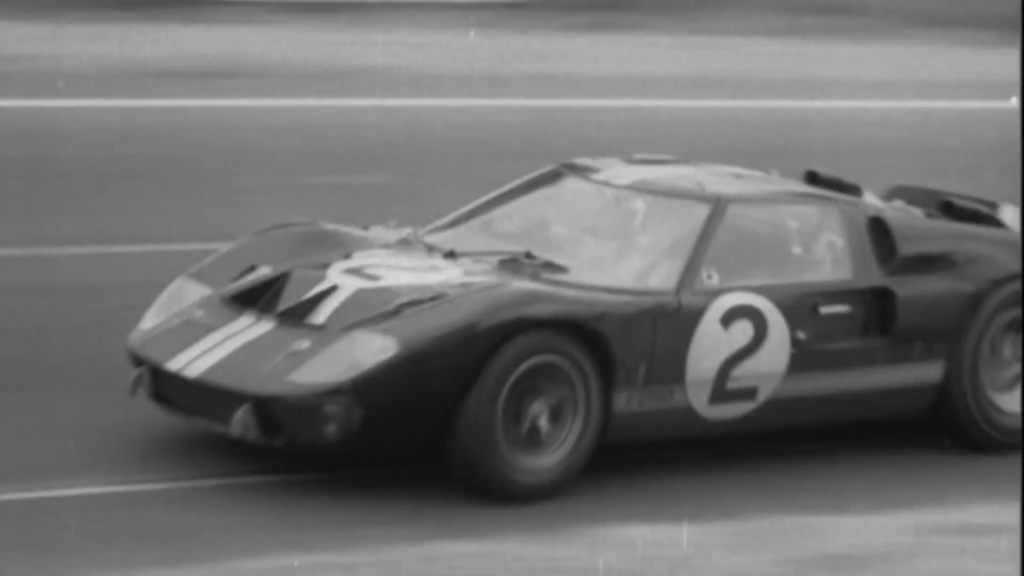
Notwithstanding the challenges Ford faced in beating Ferrari on the weekend on June 18 – 19, 1966, fast forward to today’s racing in Formula One, World Endurance Championship, Rally Raid and the like – performance of cars has changed yet the dynamics of Team strategies to win with a line-up of driver’s remains complex. As the battles in Formula One this season has confirmed, driver’s whose focus is to gain victory has the potential to butt against their team-driver’s same goal placing both Team and driver’s in compromising positions.
Most certainly, watching McLaren’s driver’s – Oscar Piastri and Lando Norris race for points advantage along with Ferrari’s – Charles Leclerc and Lewis Hamilton battling for track position – has proved just as unpredictable as the racing between Ken Miles/Denny Hulme and Bruce McLaren/Chris Amon 29 years previous.
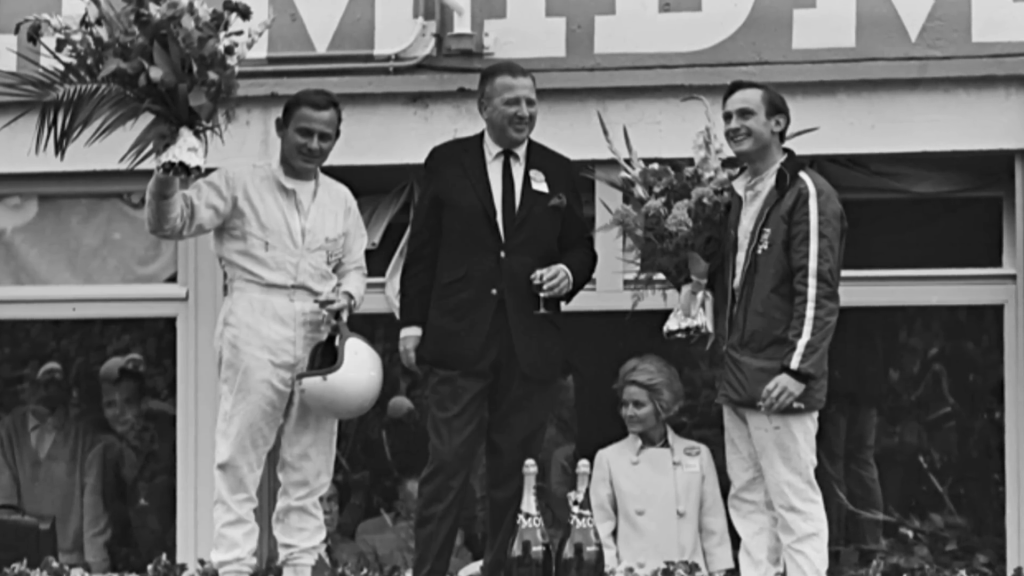
With Ford calling for a dead-heat “photo finish” of Ken Miles/Denny Hulme and Bruce McLaren/Chris Amon as way of celebrating Ford’s victory in 24 Hours Le Mans, 1966, the race organizer’s of Automobile Club de l’Quest ruled otherwise stating that that the car which has raced the furthest distance over 24 hours has won. These details revealed McLaren/Amon has started further back than Miles/Hulme completing a greater race distance of 8 metres and declared the winners.
Taken in context, the dynamics between race officialdom, Teams, and driver’s remains as fluid today as it was in 24 Hours of Le Mans in 1966. The FIA governs rules and regulations to race within safety guidelines while organizer’s of World Championships implement the principles outlined by the FIA to ensure racing goes ahead. Teams and driver’s position their race strategies to accommodate the stated parameters of racing while remaining open to interpretation on how to win. As Enzo Ferrari once said – ”there can be only one winner – make sure it’s you”.
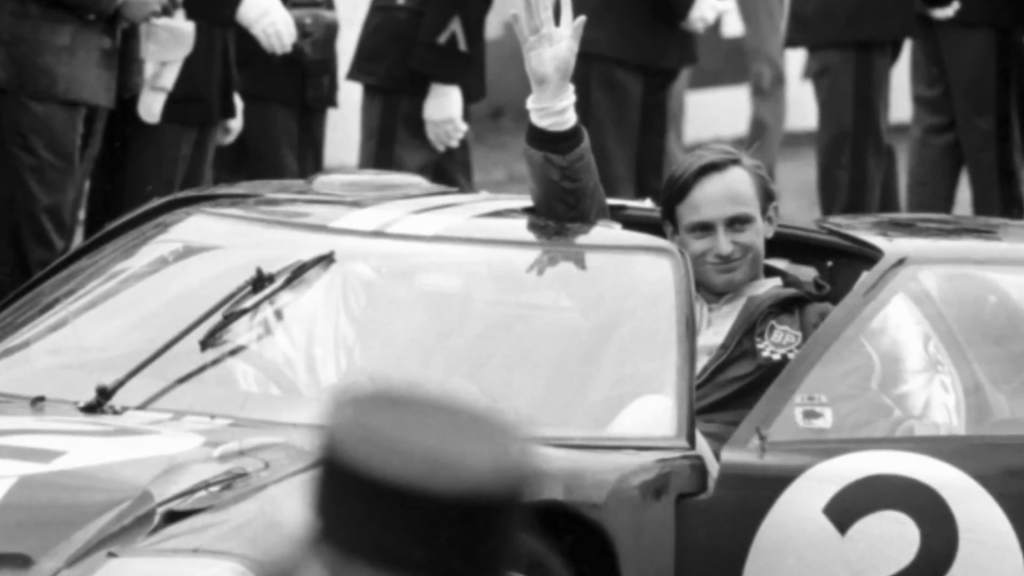
Header photo: 24 Hours Le Mans 1966 photo-finish of Ken Miles/Denny Hulme and Bruce McLaren/Chris Amon. Image: Petersen Automotive Museum.
Words: Sharon Cox.
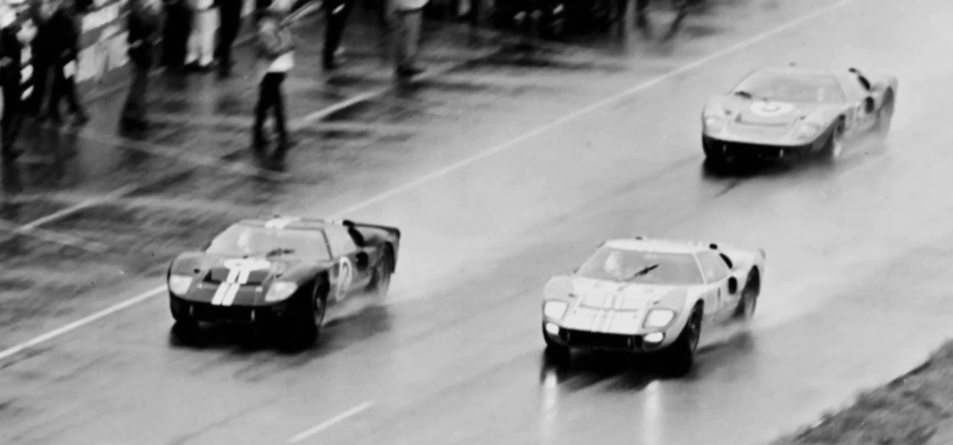




Comments are closed.